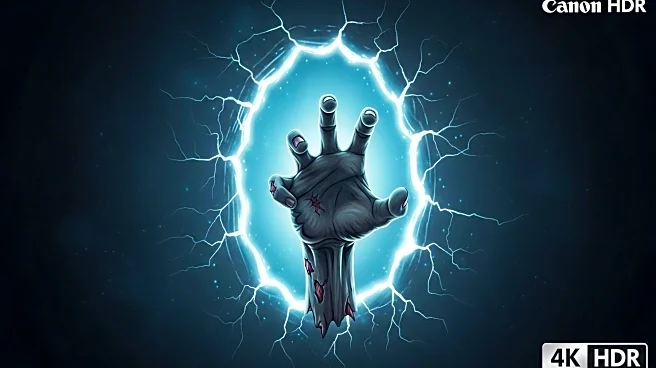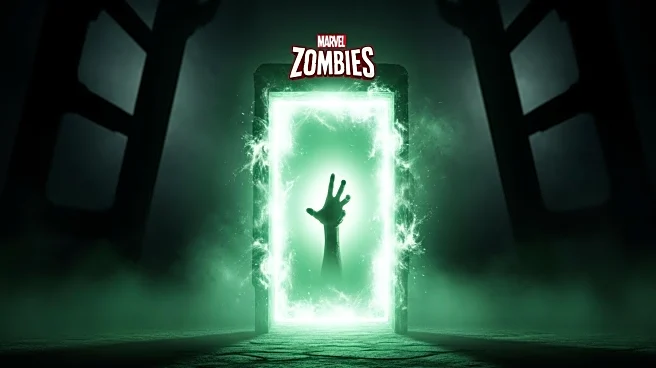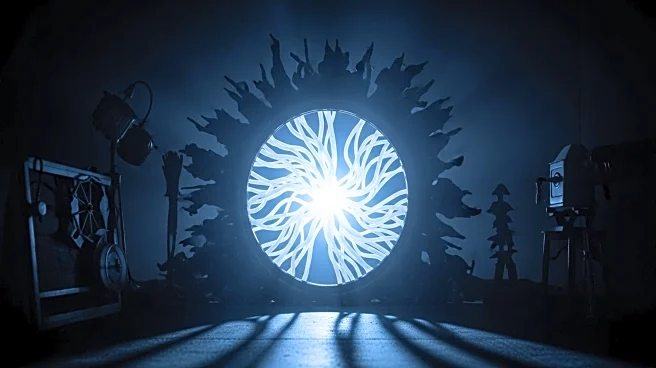What's Happening?
Brannon Braga, a veteran writer and producer from the classic era of Star Trek, has expressed concerns over the trend of shorter TV seasons, likening them to 'Tinder relationships.' Speaking at the STLV: Trek to Vegas convention, Braga highlighted the shift from the traditional 22-episode seasons to the current norm of 10-episode seasons in the Star Trek franchise. He noted that this change has altered the relationship between TV shows and their audiences, suggesting that longer seasons foster a deeper connection. Braga, who contributed significantly to Star Trek: The Next Generation, Voyager, and Enterprise, lamented the loss of the long-term engagement that characterized earlier series. The modern Star Trek series, such as Discovery and Picard, have adopted shorter seasons, aligning with industry trends driven by rising production costs and audience demand for higher quality.
Why It's Important?
The shift to shorter TV seasons reflects broader changes in the television industry, where economic pressures and evolving viewer preferences are reshaping content delivery. This trend impacts how stories are told and the depth of character development, potentially affecting audience loyalty and engagement. For the Star Trek franchise, known for its expansive storytelling and complex narratives, shorter seasons may limit the scope of exploration and character arcs. This could influence the franchise's ability to attract new viewers and retain its dedicated fan base. The discussion initiated by Braga underscores a critical debate within the industry about balancing quality with quantity, and the implications for storytelling in an era of streaming and on-demand content.
What's Next?
The future of Star Trek's TV format remains uncertain, as industry dynamics continue to evolve. While some shows, like NCIS, maintain longer seasons, the trend towards shorter, high-quality series is likely to persist. The production of Star Trek's upcoming series, such as Starfleet Academy, will follow the 10-episode format, indicating a continued adherence to current industry standards. However, there is potential for change if audience demand shifts or if production companies reassess the value of longer seasons. The negotiation for a six-episode final season of Strange New Worlds suggests that discussions about season length are ongoing, and future decisions will depend on a complex interplay of creative, economic, and audience factors.










